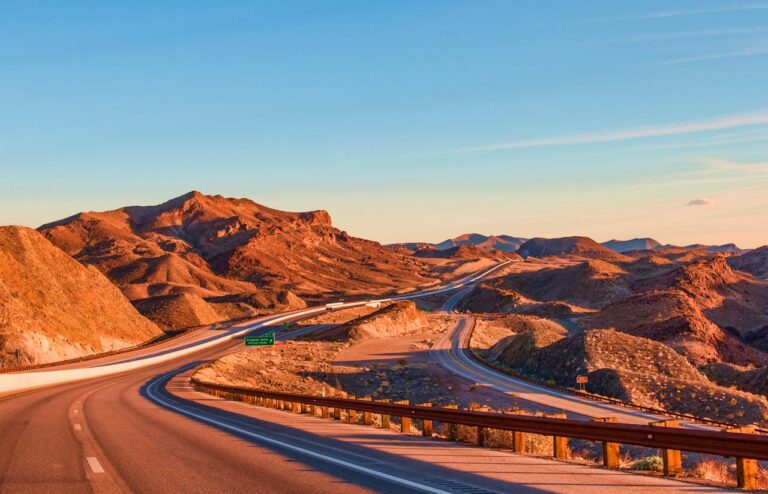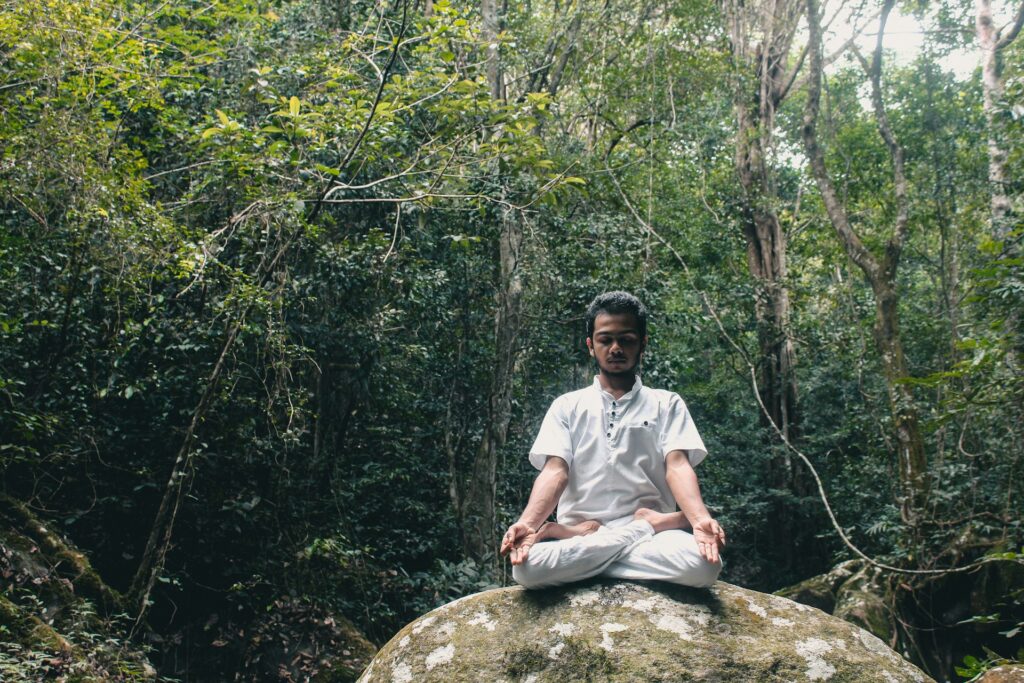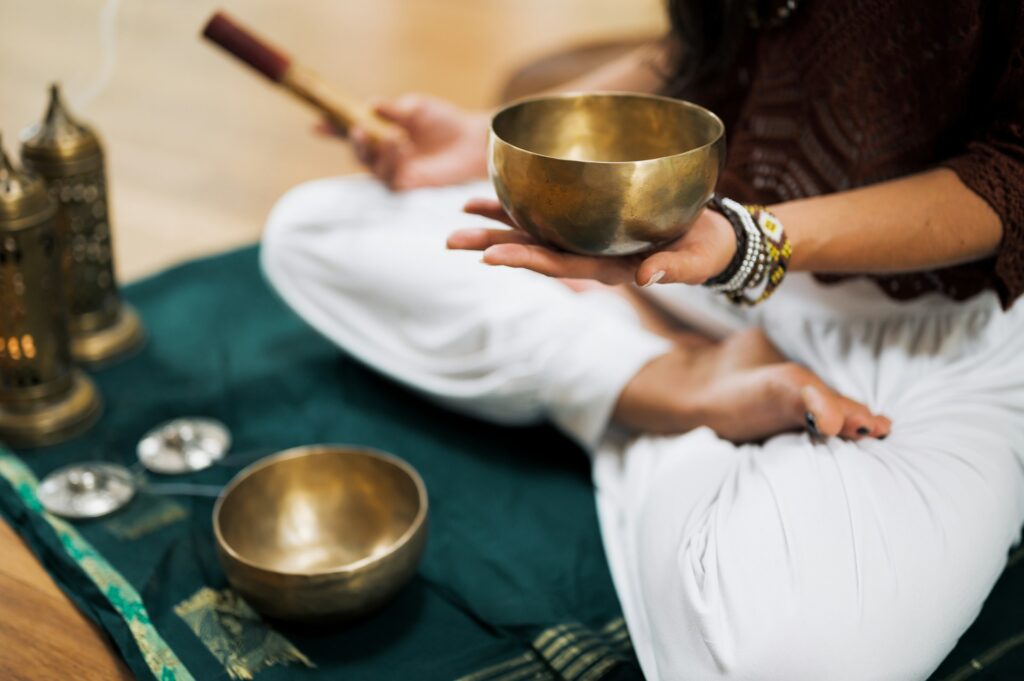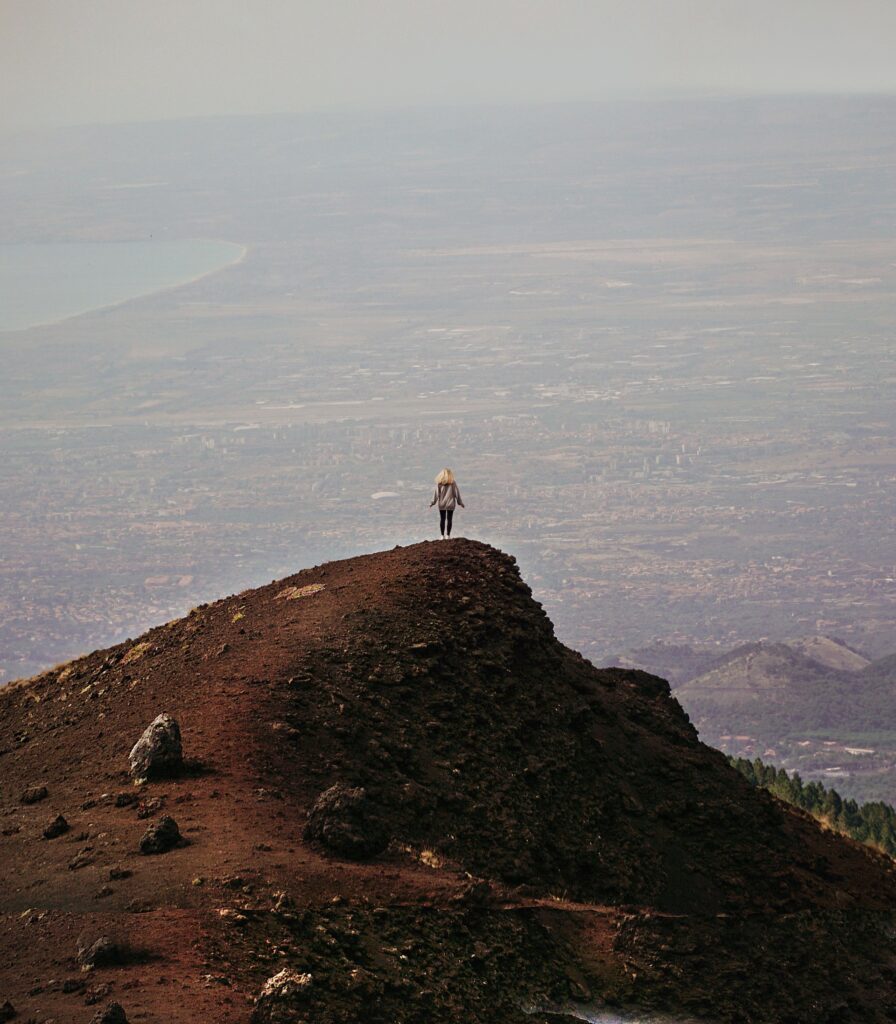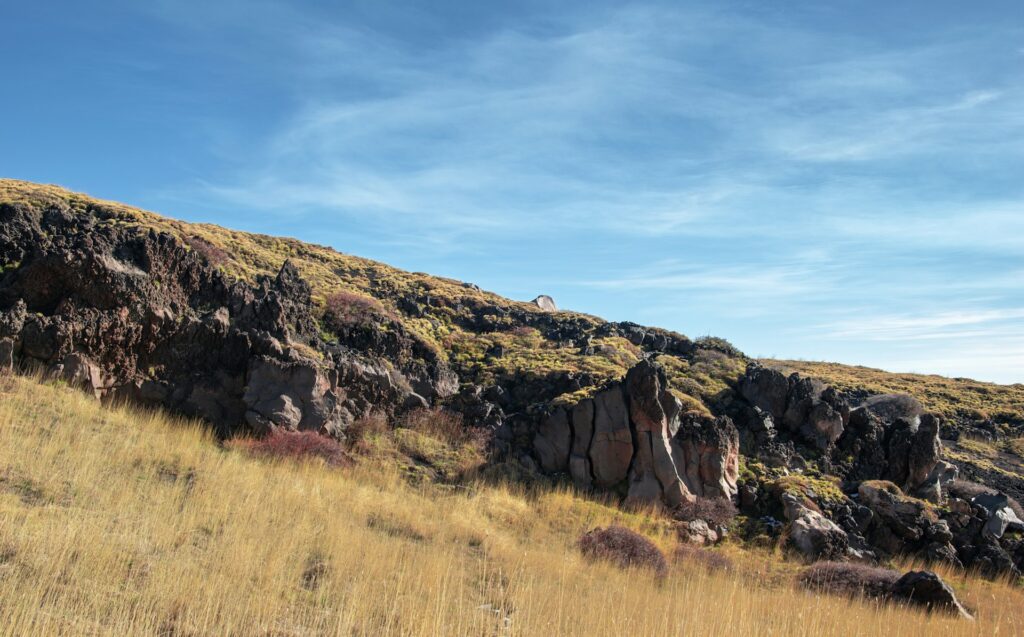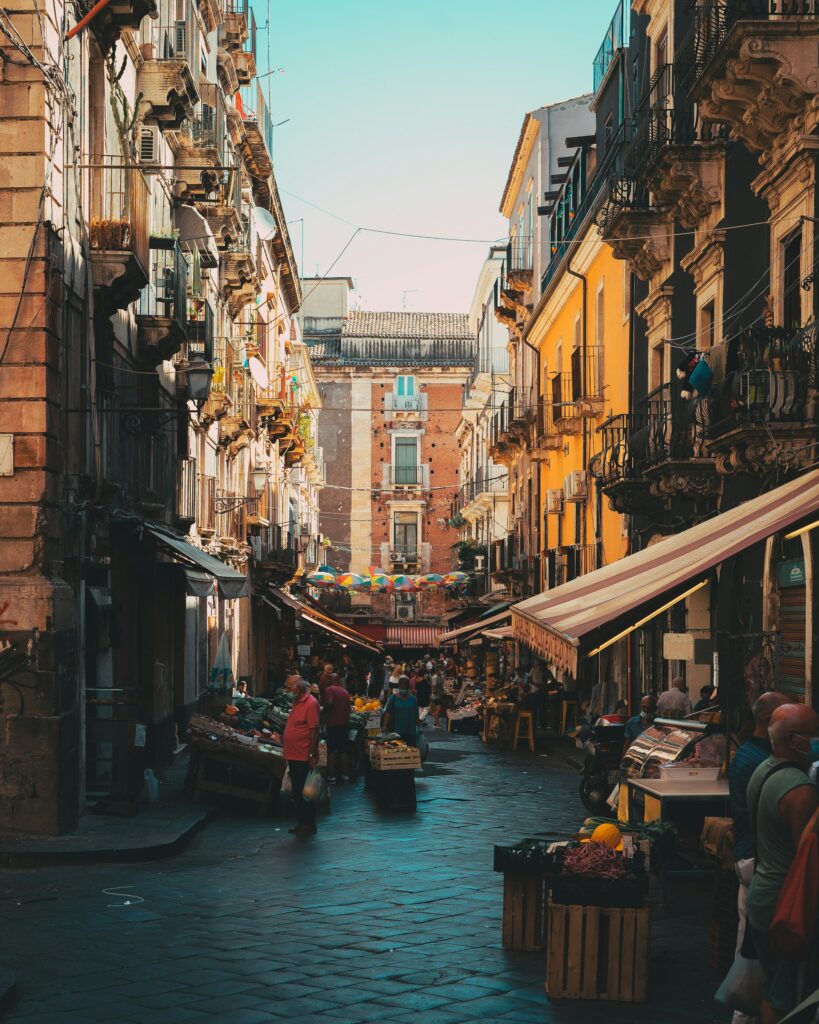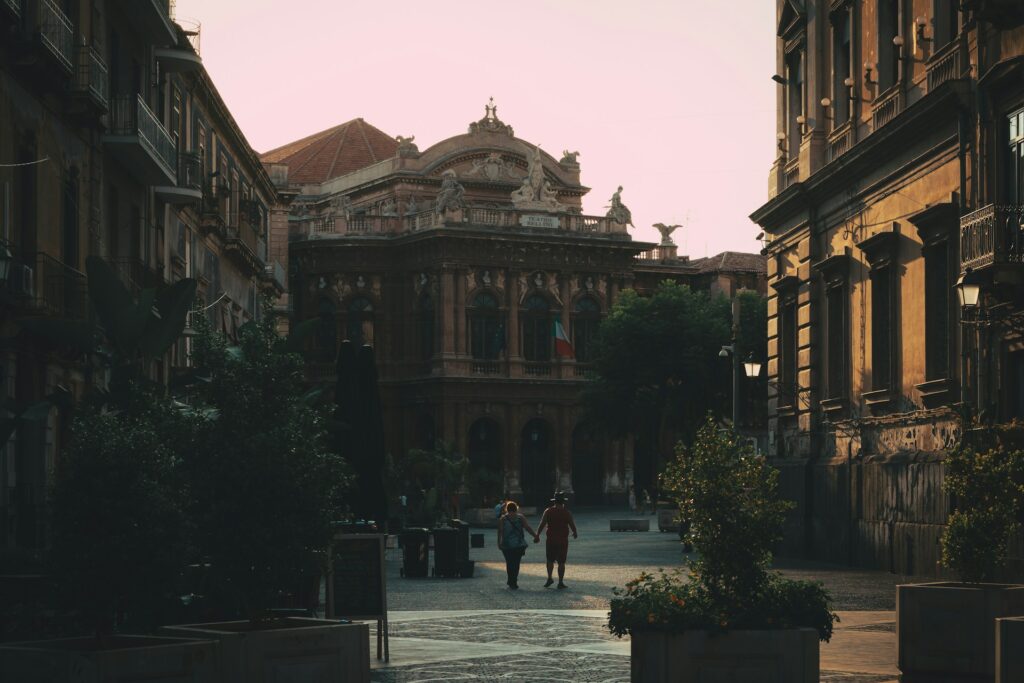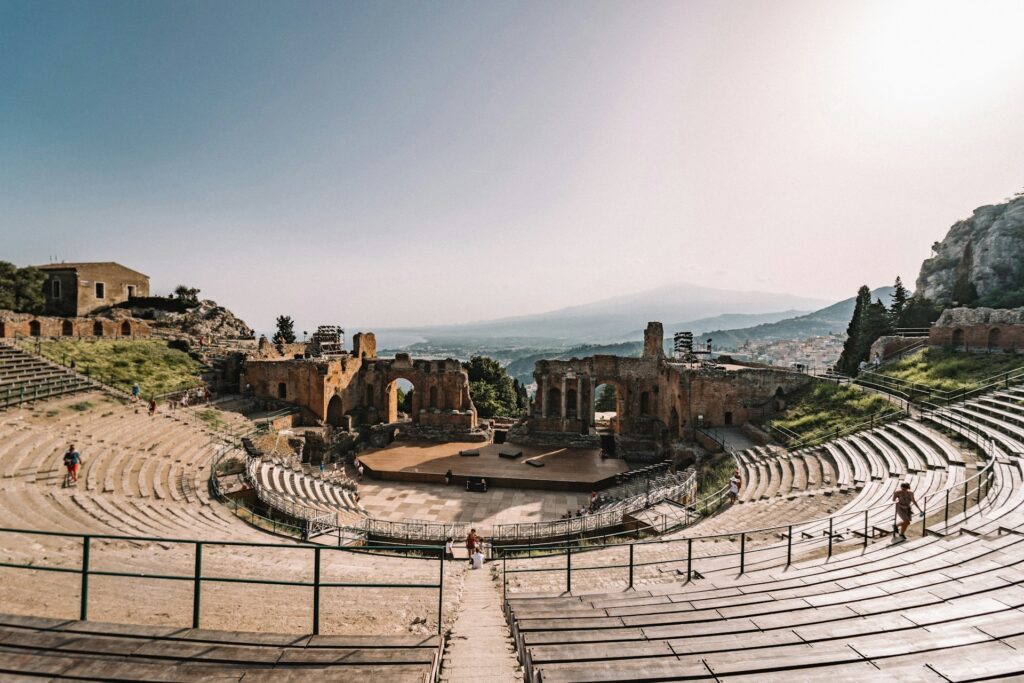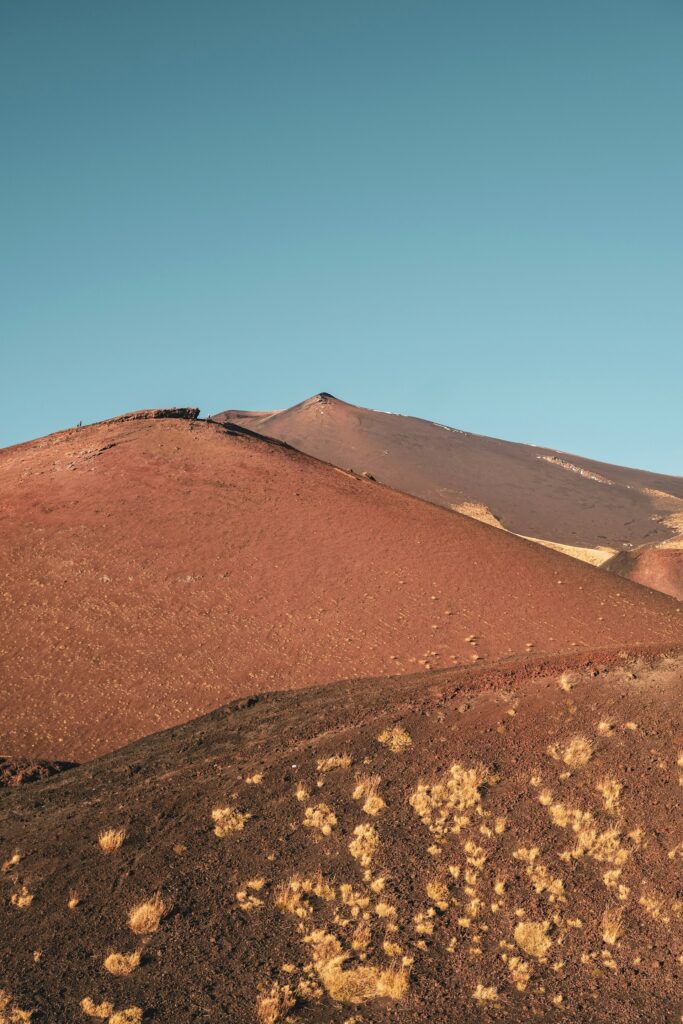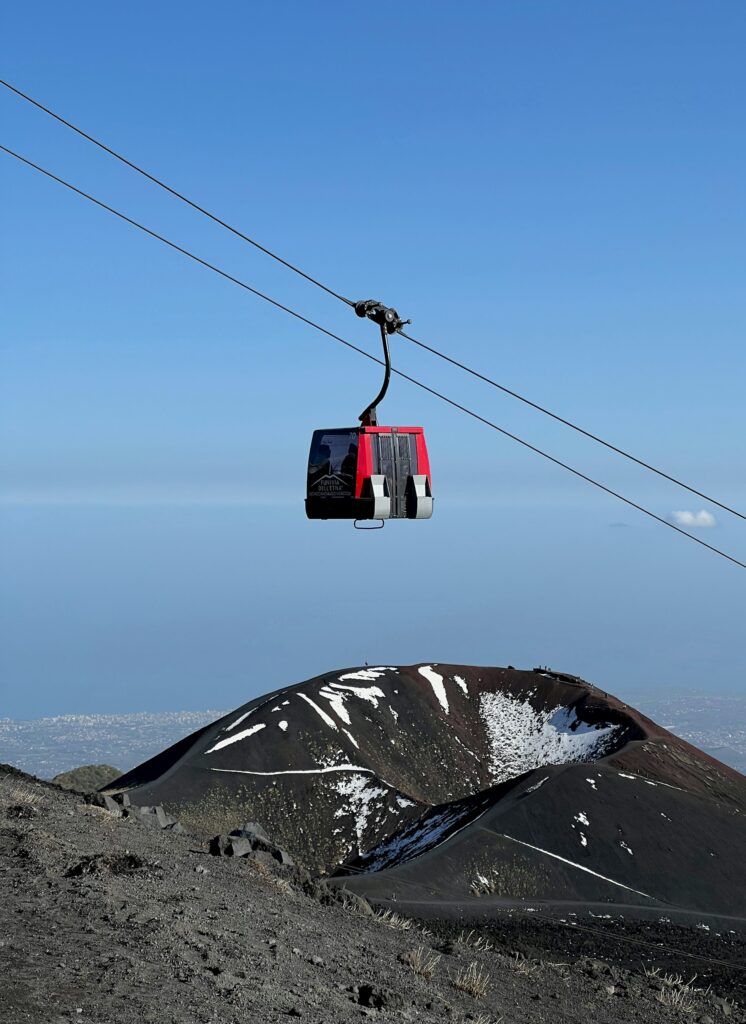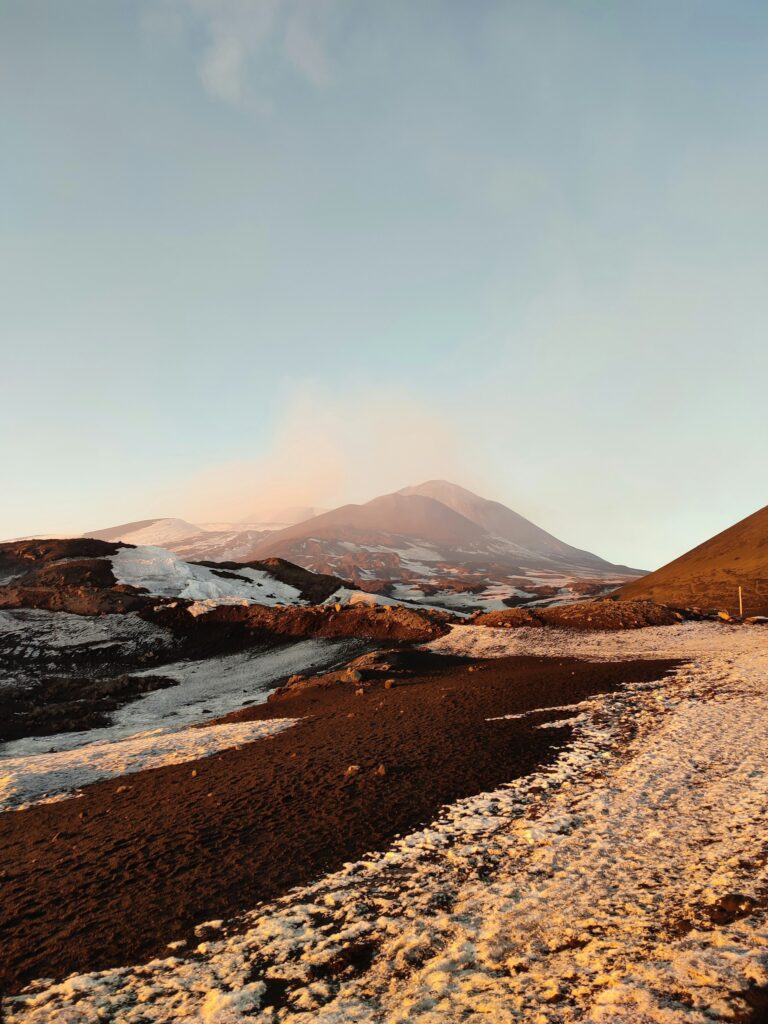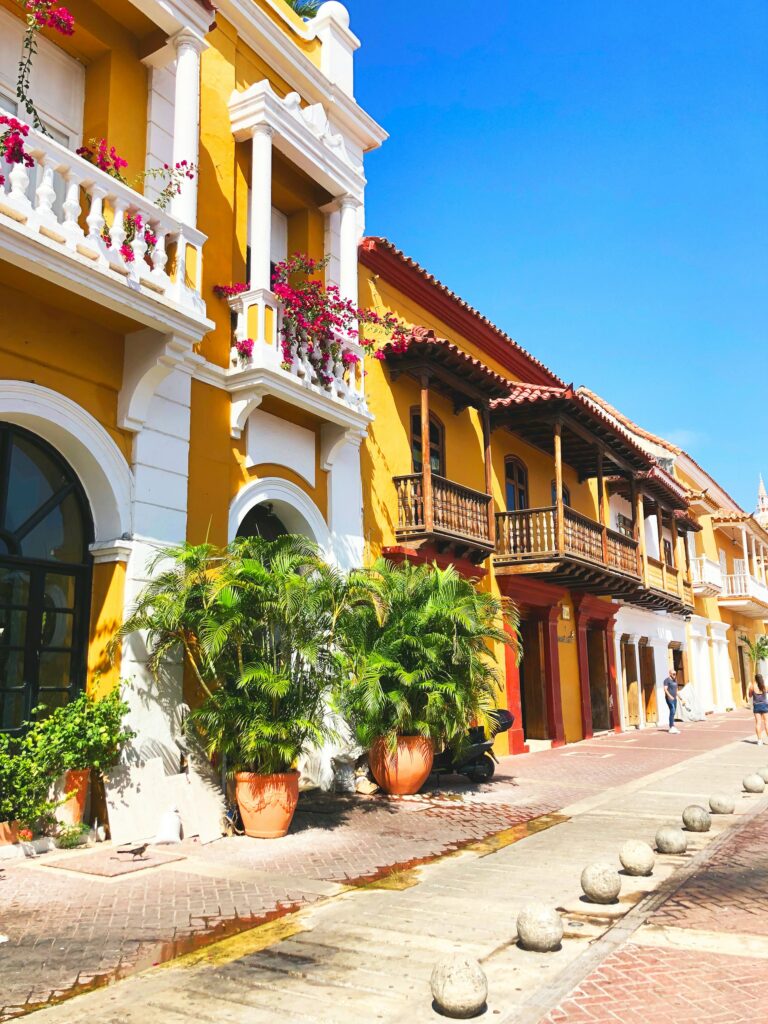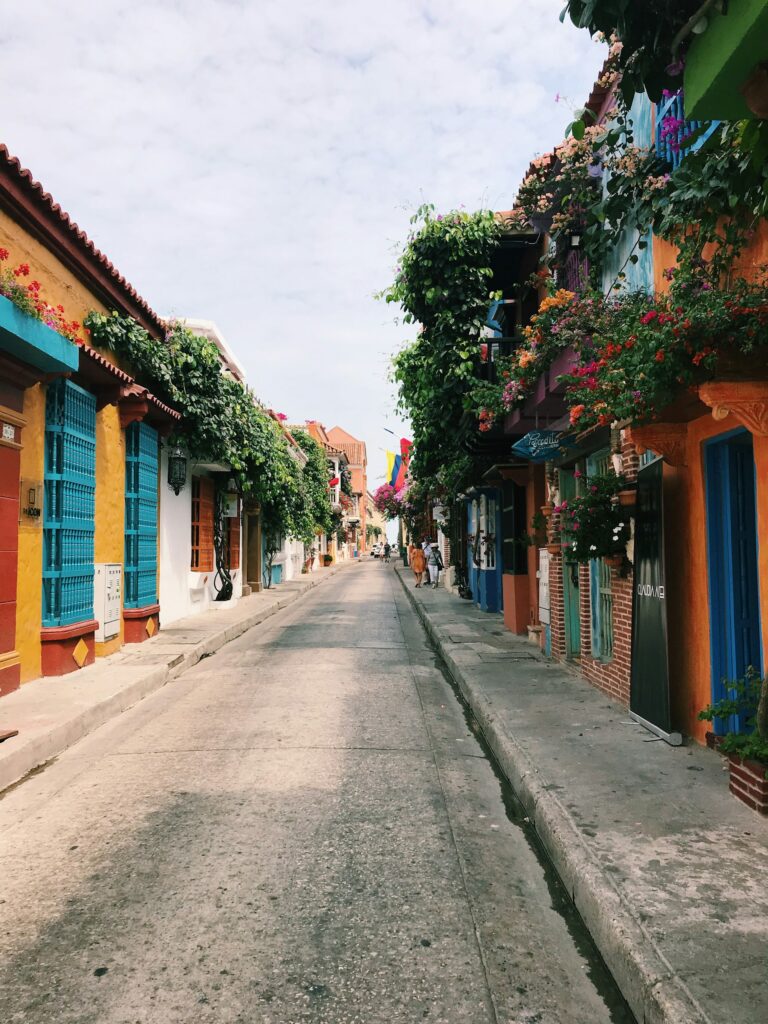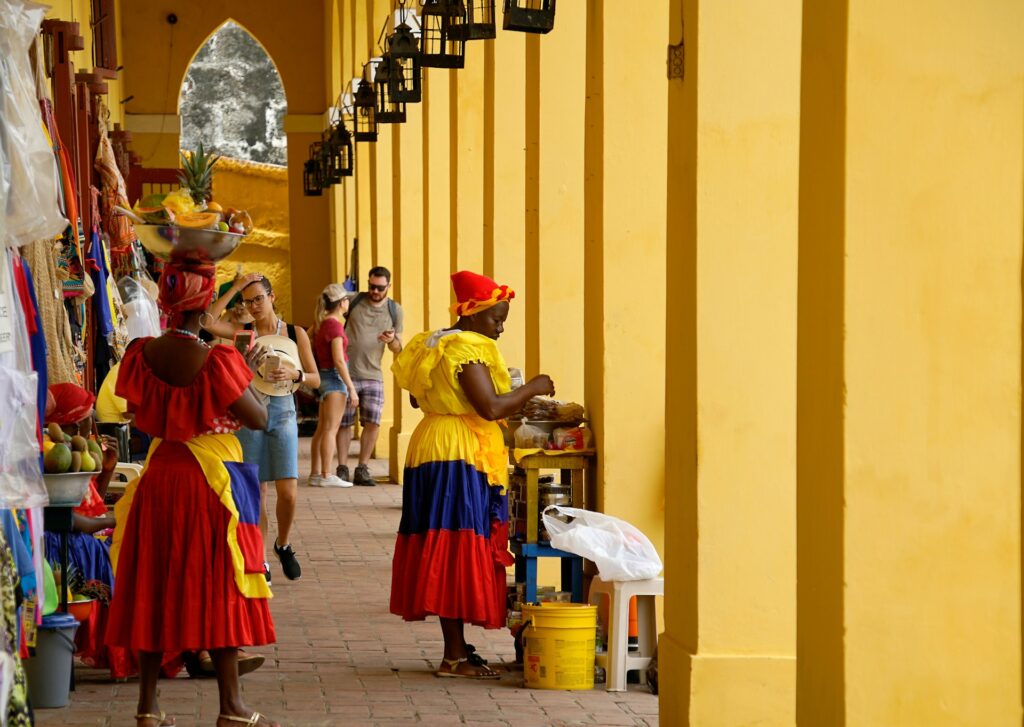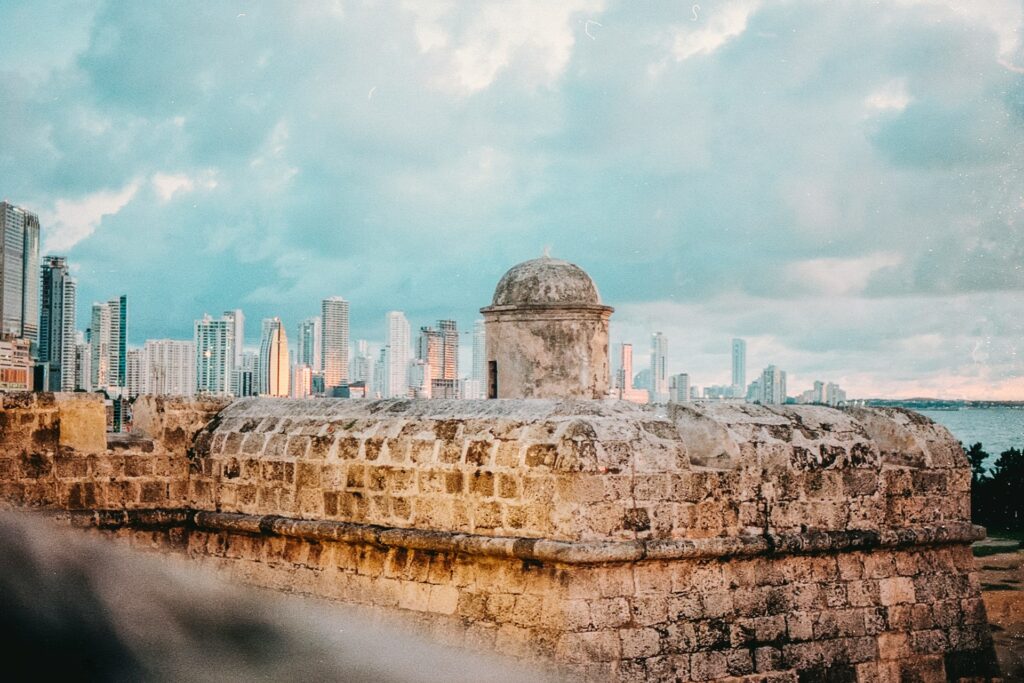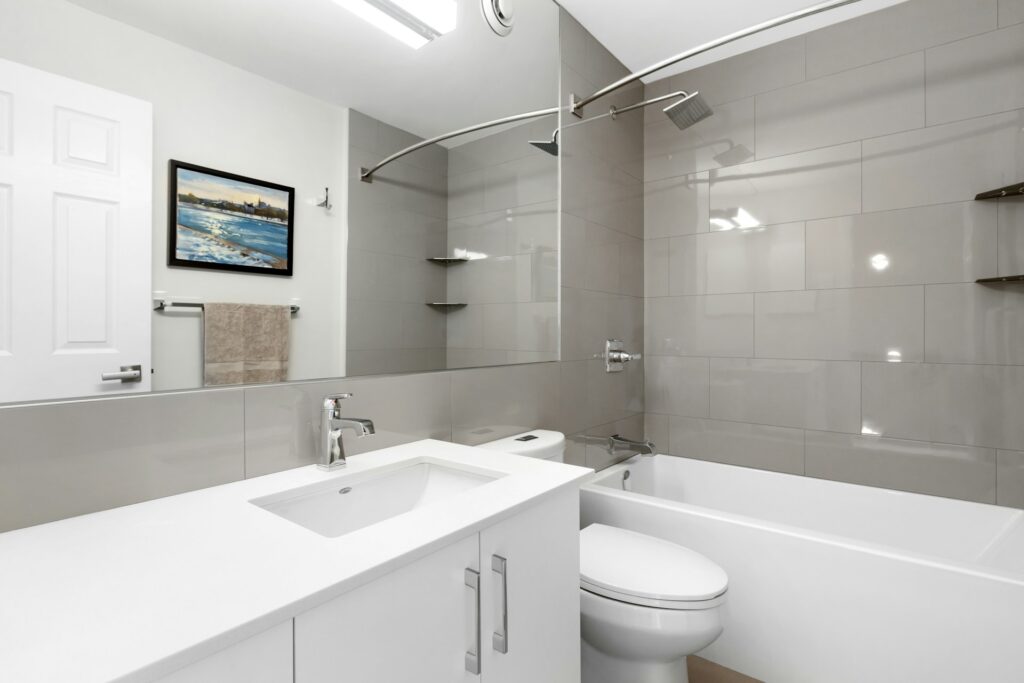In the heart of the Mojave Desert lies a city that sparkles with its own unique brand of magic. Henderson, Nevada, may be known as the quieter sibling to the razzle-dazzle of Las Vegas, but don’t be fooled; this city is brimming with its own vibrant energy.
Laid back but lively, culturally versatile and culinarily varied, there’s plenty to love about Henderson. With that in mind, here are some of the city’s finest spots to eat, play, and relax.
Culinary Delights: Henderson’s Dining Scene
Henderson’s gastronomic offerings are as varied as they are sumptuous, catering to every taste and occasion.
For The Foodie
The Kitchen Table remains a bright and breezy brunch favourite, while Hank’s Fine Steaks & Martinis is the epitome of upscale dining, doing both eponymous menu items with precision and aplomb.
For those seeking global flavours, Marssa Steak & Sushi at The Westin combines the best of land and sea with a stunning view of Lake Las Vegas. Alternatively, Ventano Italian Grill & Seafood offers a taste of Italy with a side of spectacular city views – think a backdrop of palm trees, the Spring Mountains and more.

Casual Eats & Sweet Treats
Juan’s Flaming Fajitas & Cantina and Weiss Deli and Bakery are local legends, but don’t overlook Settebello Pizzeria Napoletana for authentic Neapolitan pizza either. For a casual yet trendy dining experience, Public Works Coffee Bar is not only a coffee lover’s paradise but also serves up delightful small plates and pastries.
Playtime In Henderson
Whether you’re an outdoor enthusiast or looking for family-friendly fun, Henderson has a whole host of activities to suit even the most fickle members of the team.
For The Outdoor Enthusiast
Clark County Wetlands Park and Bootleg Canyon are just the beginning. Add Lake Mead National Recreation Area to your list for boating and fishing (as well as song ring necked duck spotting!), or hit the links at the renowned Reflection Bay Golf Club for a round of golf with truly breathtaking backdrops.
Family Fun
Beyond the Henderson Bird Viewing Preserve and the Discovery Children’s Museum an hour’s drive up the road, families can explore the wonders of the Lion Habitat Ranch, where you can get up close with majestic big cats.
Or, get up close and personal with the silver screen; The Galaxy Theatres at Green Valley Ranch offers a state-of-the-art movie-going experience for those days when you crave a little Hollywood escapism.

Relaxation Retreats: Unwinding In Henderson
Henderson is a sanctuary for those seeking to unwind and indulge in some well-deserved relaxation.
Spas & Wellness
Henderson feels almost deliberately designed to offer a tranquil retreat (or even an escape) from the glitz of nearby Las Vegas, with a selection of serene wellness and spa experiences. The Ravella Spa at Lake Las Vegas and Green Valley Ranch Spa stand out with their luxurious treatments and picturesque settings, offering everything from massages incorporating local ingredients to detoxifying body wraps. On top of that, the Essence Spa provides personalised services in Mediterranean-inspired and boutique environments, focusing on holistic therapies to promote balance and healing.
For those seeking a blend of relaxation and modern amenities, Serenity Spa by Westgate and Luminous Spa and Wellness offer innovative therapies like Himalayan Salt Stone massages and energy healing sessions. Meanwhile, Eforea Spa at the Hilton Garden Inn brings a global spa concept to Henderson, with a focus on organic ingredients and signature treatments that promise to rejuvenate the mind and body.
Scenic Spots
For a quiet afternoon, visit the Ethel M Botanical Cactus Garden (in the garden of a chocolate factory, no less), where desert beauty is in full bloom, or take a leisurely paddle on the calm waters of Lake Las Vegas with a kayak rental from the local marina.
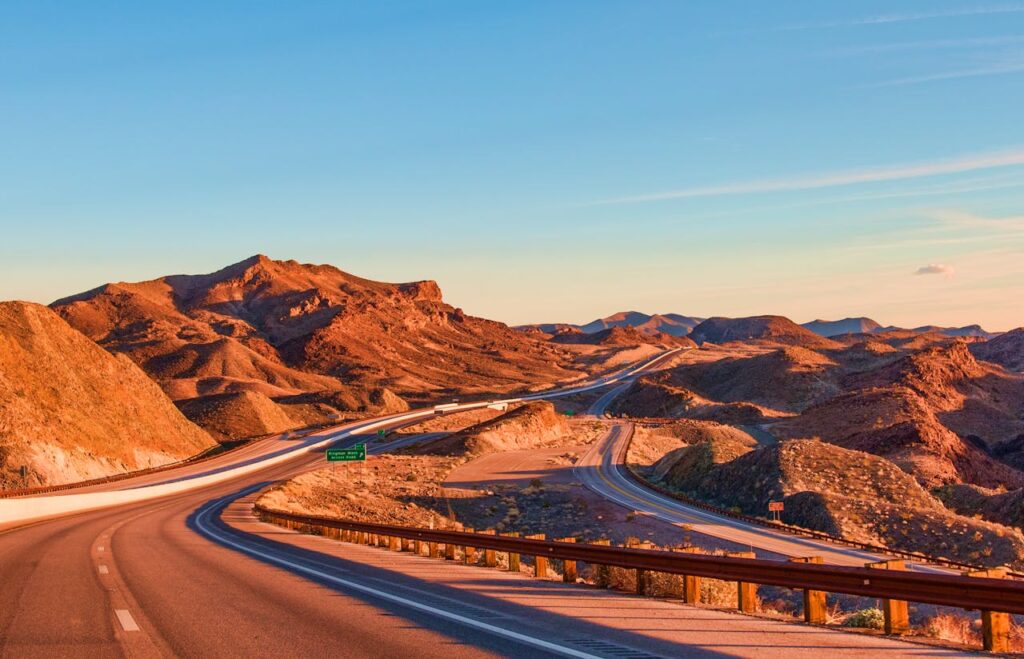
Where To Stay In Henderson
The most exclusive Henderson, NV ZIP Codes also offer some of the best places to lay your hat when visiting the city.
In the prestigious 89052 postcode, The District at Green Valley Ranch offers more than just superb shopping and that spa we mentioned earlier; it’s also home to a selection of stylish hotels that boast modern amenities and easy access to both local attractions and the bright lights of Las Vegas. Here, comfort meets convenience, ensuring your stay is both indulgent and connected to the heart of Henderson’s vibrant lifestyle.
For those who desire the ultimate in exclusivity and scenic views, the gated communities of 89012, such as MacDonald Highlands, present luxury accommodation, here nestled amidst the rolling hills, offering privacy and panoramic vistas of the Las Vegas skyline and the surrounding desert beauty. The area’s golf courses, which double as lush green retreats, add to the tranquil atmosphere, making it an ideal locale for a restorative escape.
Venturing into the 89011 area, the Lake Las Vegas neighbourhood welcomes you with its resort-like ambience. Here, the accommodation options range from boutique hotels to opulent resorts, each providing guests with a sense of escape and luxury. The Mediterranean-inspired architecture and the backdrop of a glistening man-made lake create a serene environment that feels a world away from the everyday. It’s a place where you can wake up to the tranquillity of water views and spend your days exploring the charming surroundings or simply relaxing by the pool.
The Bottom Line
Henderson, Nevada, offers a slice of relaxation for every visitor. Whether you’re seeking gentle, laid-back adventure, family fun, or a quiet corner to unwind, you’ll find it here in Nevada’s second-largest city.

